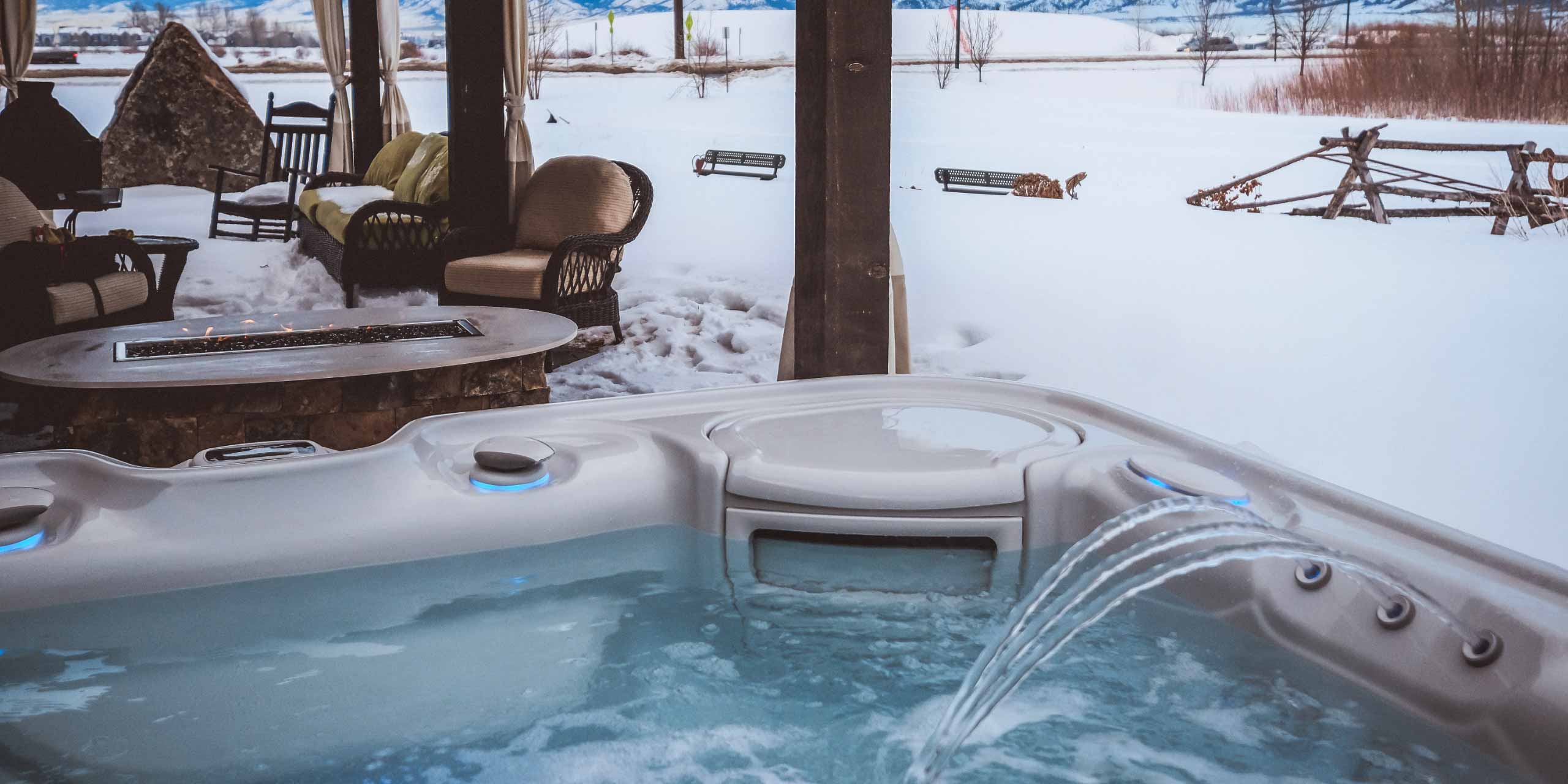Ah, the blissful escape of a hot tub soak. But behind those swirling jets and comforting warmth lies a world of unseen science—hot tub water chemistry. Maintaining the proper balance of chemicals is essential for a safe, enjoyable, and long-lasting hot tub experience. Fear not, fellow soakers! This guide will unveil the secrets of hot tub water care, ensuring your bubbly haven remains a tranquil oasis.
The Balancing Act: Essential Water Chemistry
Imagine hot tub water as a delicate ecosystem. Various factors, like sanitizer levels, pH, and minerals, all play a role in keeping the water clean, clear, and comfortable. Let’s look at the key elements of hot tub water chemistry:
- Sanitizer: The frontline defense against bacteria and algae growth. Chlorine and bromine are the most common sanitizers, each with its pros and cons. Chlorine is readily available and effective but can irritate skin and eyes at high levels. Bromine is gentler on skin but requires additional balancing chemicals.
- pH Level: This measures the water’s acidity on a scale of 0 (very acidic) to 14 (very basic). The ideal range for hot tubs is 7.4-7.8. Water that’s too acidic can irritate skin and damage equipment, while overly basic water can become cloudy and promote scaling.
- Total Alkalinity (TA): Acts as a buffer, preventing rapid pH swings. Maintaining proper TA levels (typically 80-120 ppm) helps ensure your sanitizer functions effectively.
- Free Chlorine/Bromine Residual: This refers to the amount of active sanitizer available to fight contaminants. Regular testing is crucial to maintain the recommended levels (chlorine: 3>5 ppm is good, 3 ppm is recommended and bromine: 1-3 ppm).
- Calcium Hardness (CH): The concentration of calcium and magnesium in the water. While some hardness is beneficial, excessively hard water can lead to scale buildup on the spa shell and equipment. The ideal range for CH is 150-250 ppm.
Testing, Testing, 1, 2, 3!
Maintaining proper water chemistry requires consistent testing. Invest in a simple test kit that allows you to measure sanitizer level, pH, and sometimes total alkalinity. Most hot tub stores offer test strips or digital testers. Follow the instructions provided to ensure accurate readings. And be sure to check out our video below on How to Test & Read pH, Alkalinity, & Chlorine.
Taking Action: Balancing Your Water
Once you have your test results, it’s time to adjust the chemical levels as needed. Here’s a general guideline:
- For Low Sanitizer Level: Add the appropriate chlorine or bromine granules or tablets following the manufacturer’s instructions.
- For High Sanitizer Level: Allow the hot tub to circulate for a few hours, letting the sanitizer residual deplete naturally. Avoid adding shock or additional chemicals during this time.
- For Low pH: Increase pH with a pH increaser according to package directions.
- For High pH: Reduce pH with a pH decreaser following the manufacturer’s recommendations.
- For Low Total Alkalinity: Raise TA with a recommended alkalinity increaser.
- For High Total Alkalinity: Unfortunately, there’s no easy fix for excessively high TA. In some cases, a partial water change might be necessary.
- For Calcium Hardness: If you have soft water, consider using a calcium booster to increase levels, or calcium increaser to raise hardness.
Freshwater IQ: A Technological Twist on Water Care
For those seeking a more automated approach to hot tub water care, the FreshWater IQ system offers a novel solution. This in-line, self-monitoring salt system tells you what is needed to maintain clean water. Here’s a closer look at Freshwater IQ:
- Smart Monitoring: The accompanying sensor continuously monitors water chemistry and notifies you of any imbalances.
- Reduced Chemical Usage: FreshWater IQ can significantly reduce the need for harsh chemicals, by having a more accurate account of what you need to add making it an attractive option for those with sensitive skin or environmentally conscious preferences.
Important Considerations
- Freshwater IQ is not a standalone solution. It still requires regular testing and occasional adjustments to maintain optimal water balance.
- The effectiveness of Freshwater IQ can be influenced by factors like bather load and frequency of use.
The Final Splash: Maintaining a Sparkling Oasis
By understanding hot tub water chemistry and implementing a regular testing and maintenance routine, you can ensure your hot tub remains a haven of relaxation and rejuvenation. Remember these key takeaways:
- Maintain proper sanitizer level, pH, total alkalinity
About Mainely Tubs in Maine, New Hampshire, Massachusetts, and Rhode Island
Mainely Tubs is a 100% Employee Owned premier Hot Spring Spas dealer. We sell and service new hot tubs, used hot tubs, portable spas, swim spas, saunas, cold plunges, hot tub accessories, hot tub water care, and more. Our Brands Include: Hot Spring Spas, Caldera Spas, Freeflow Spas, Endless Pools Swim Spas, Finnleo Saunas, Covana, Leisure Time, Fresh Water, Silk Balance, and other brands you can trust.

Related Hot Tub Articles

Keeping Your Hot Tub Crystal Clear: A Guide to Cleaning Hot Tub Filters
Imagine sinking into your hot tub after a long day, only to be greeted by cloudy, murky water. Yuck! To maintain that sparkling, inviting oasis, cleaning your hot tub filter regularly is essential.

What Are the Benefits of Salt Water Hot Tubs?
Not only are these tubs incredibly restorative and rejuvenating, salt water hot tubs are an ideal solution for people that are sensitive to chemical products used in traditional hot tubs.

How Much Does It Cost to Run a Hot Tub?
Thinking about buying a new spa but not sure what it will cost to operate?

Download the Ultimate Hot Tub Buyer’s Guide
Here’s Everything You Need to Know!
We’ve pulled together everything you need to know about buying a hot tub. Learn about everything from hot tub functions & features to hot tub maintenance & costs all in one convenient guide.










